In August and September 2019 I spent four weeks traveling around Iran, a fascinating and truly diverse country. Iran at that time was under immense political and social pressure – the United States had re-introduced harsh economic sanctions, the economy was in free-fall and the potential for war loomed on the horizon.
A palpable sense of desperation filled the streets as Iranians wondered what the future held. Pink Floyd’s Comfortably Numb rang out on stereos across the country. A taxi driver told me ‘young Iranians are old inside.’
During my time in the country, I shot over 1000 frames of black and white 35mm film. My aim was to capture everyday life for ordinary Iranian people. This project would result in a collection of around 150 photos titled Analog Iran, which I am currently featuring on Instagram.
The photos show the diversity of Iranian life, from the hustling capital Tehran, to the outskirts of Zahedan near the Afghan border; from the metropolis of Tabriz to the Kurdish mountains that straddle Iraq.
This small selection of photos represents my aim to capture, in part, the mood of a nation under a cloud of uncertainty, the darkness and the collective depression.
Since my trip, the Iranian government have shot down a passenger plane, the US has assassinated a top Iranian military general, and of course, the Covid-19 pandemic has swept through. Sadly, tourism has all but ceased, and the friendly and generous hostel I was warmly welcomed at, See You In Iran, has shut down. Despite these pressures, Iranian people remain some of the friendliest, most generous people I have ever had the good fortune to meet in 20 years of travel.
There were many challenges in taking these photos. The first was ensuring that my images represented more than just the stereotypical. Many images of Iran commonly focus on the ubiquitous and state-mandated hijab and chador, life in the many bazaars, or the exquisite mosques. I wanted to delve a little deeper, and capture life behind closed doors, candid moments and the mood of the people. Due to Islamic adherences of dress and behaviour, life on the streets – in the public arena – is very different to life behind closed doors.
Another challenge was to capture the diversity of such a geographically large population. The cities, villages and different regions are host to numerous ethnic and language groups that are all part of modern day Iran. This meant extensive travel, and a willingness to head to regions such as Beluchistan (near the Afghan border) and Kurdistan (near Iraq) which seldom receive tourists.
Aside from this, Iranian people proved generous and willing to indulge an Australian with an analogue camera. In fact, that I was using film was a source of interest to the people I met, and I even stayed with other analogue enthusiasts in my travels.
Film photography is still popular in Iran, with second-hand camera stores in Tehran, and new film development shops starting up.
There are also numerous photography galleries that host a range of exhibitions, especially in the capital Tehran.
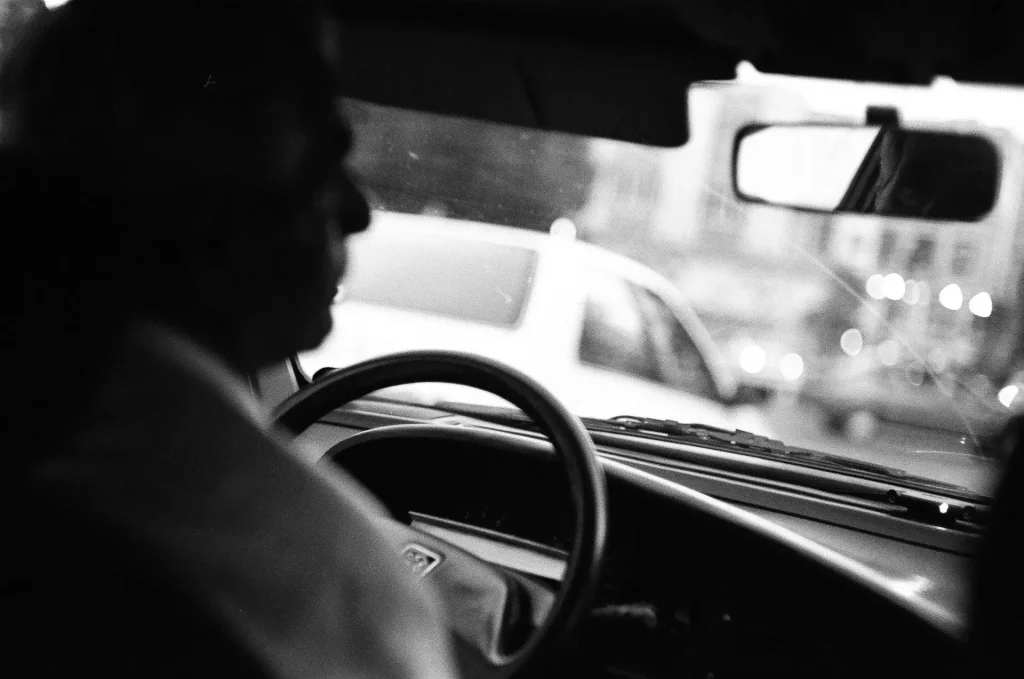
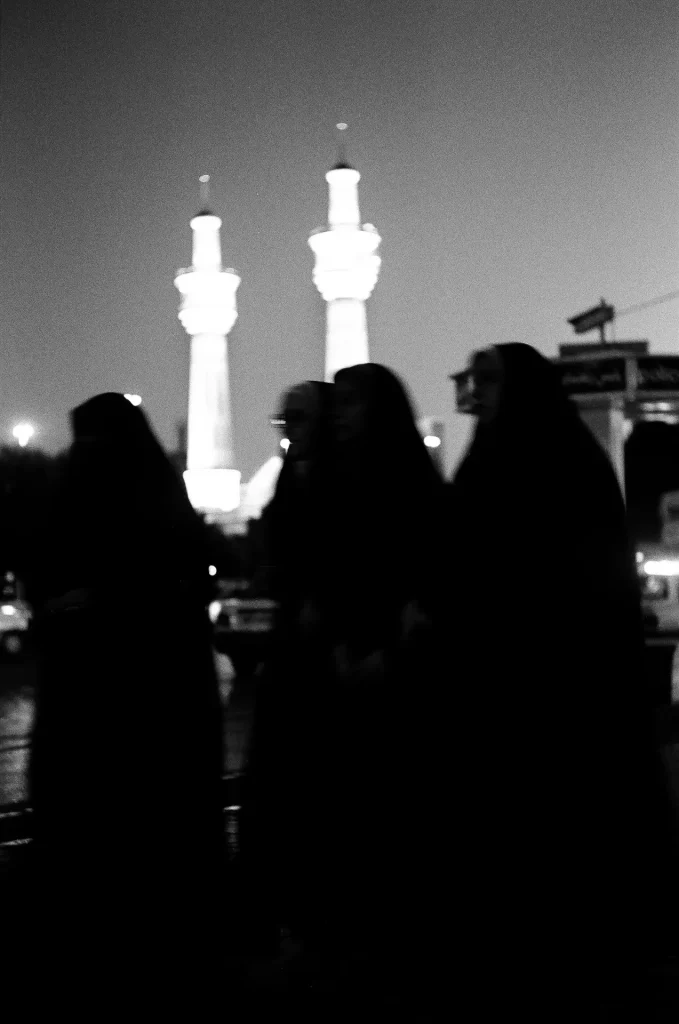
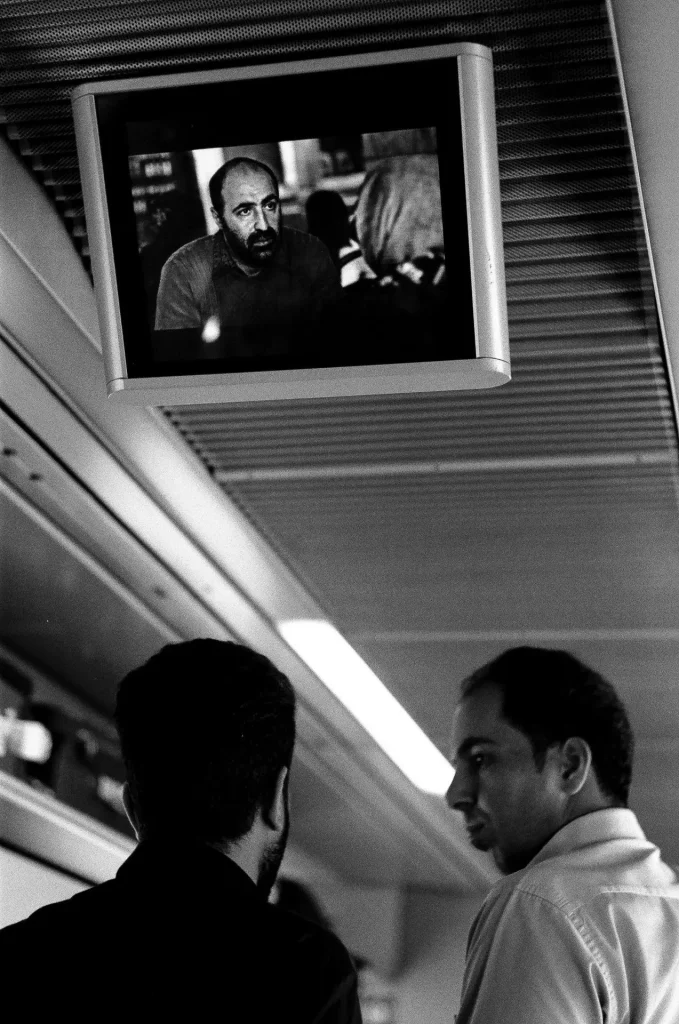
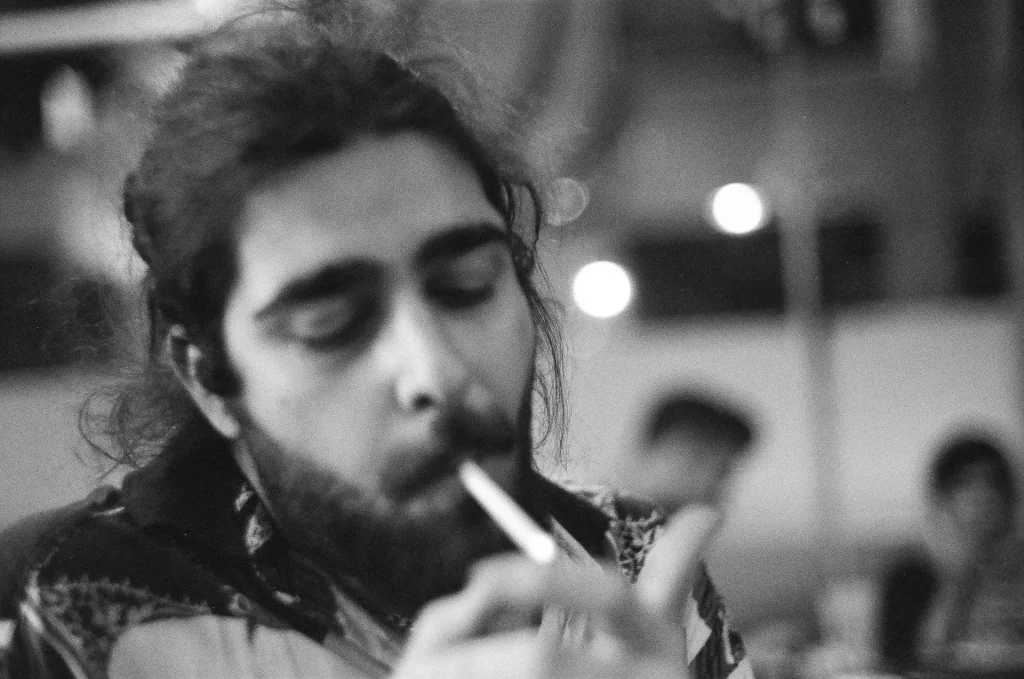
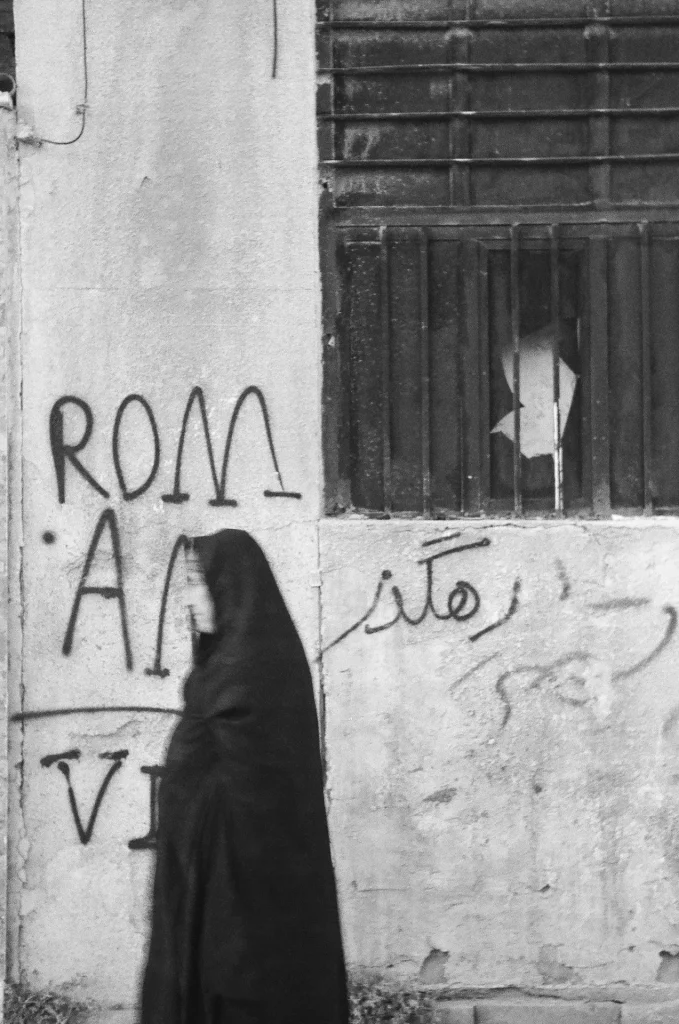
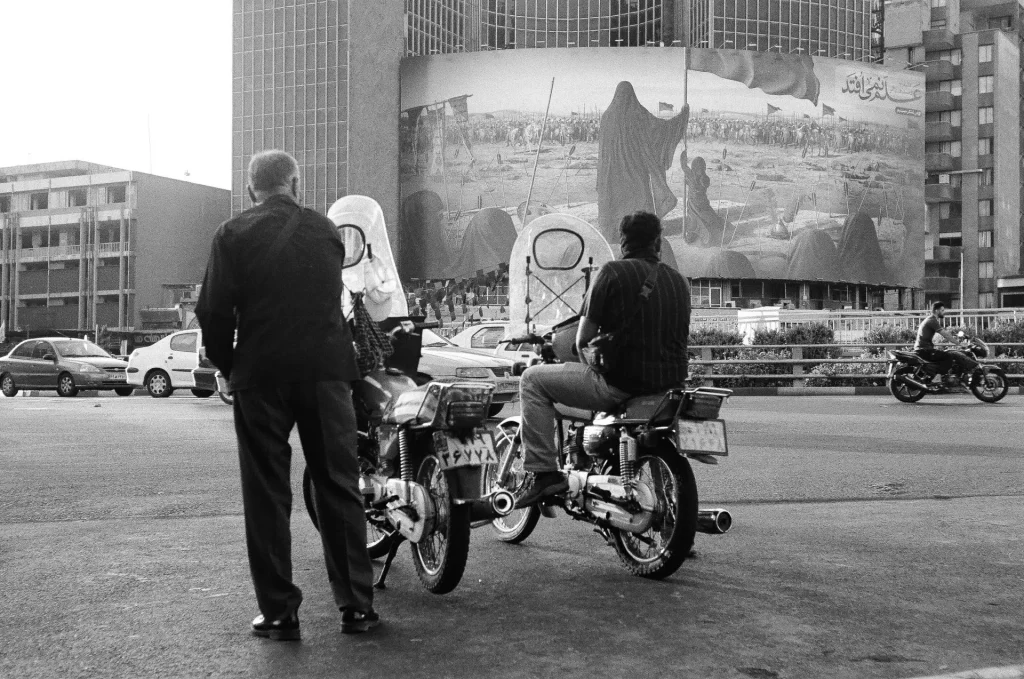
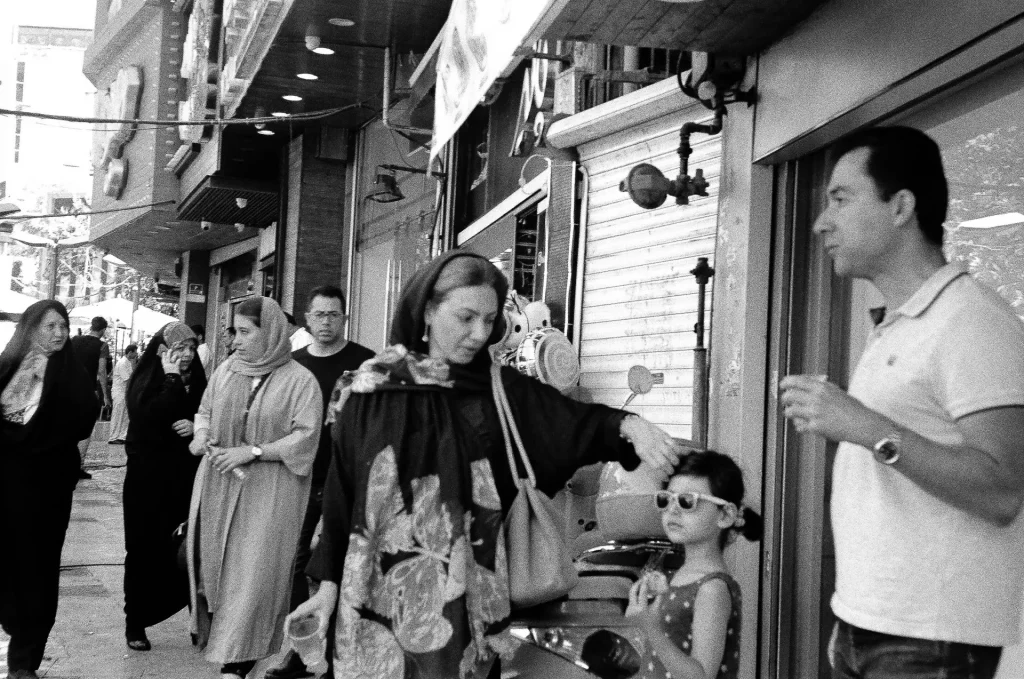
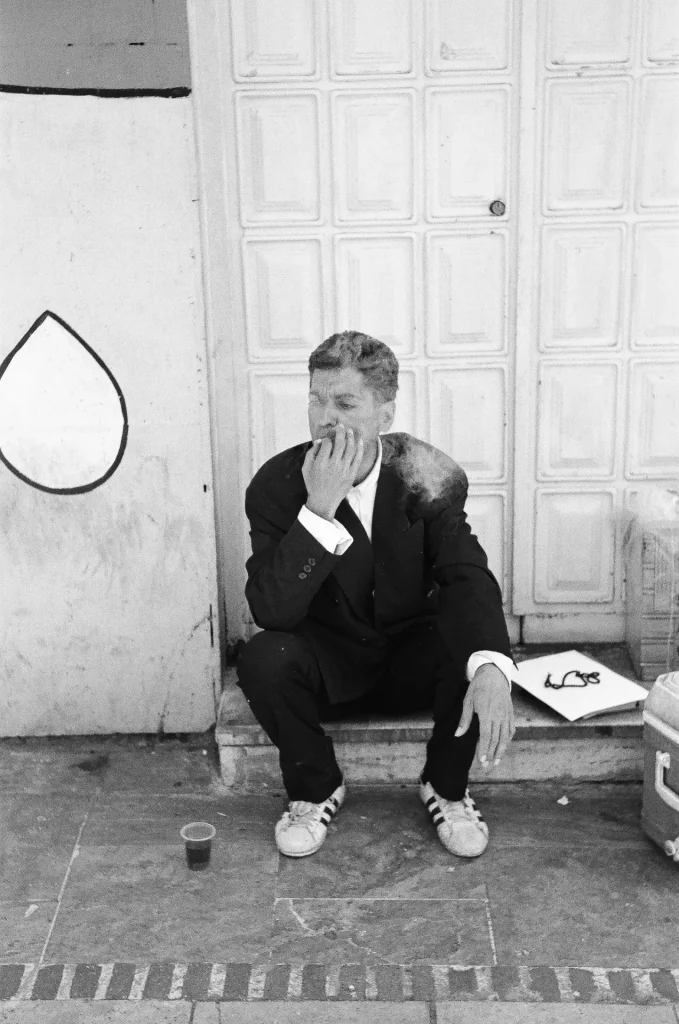
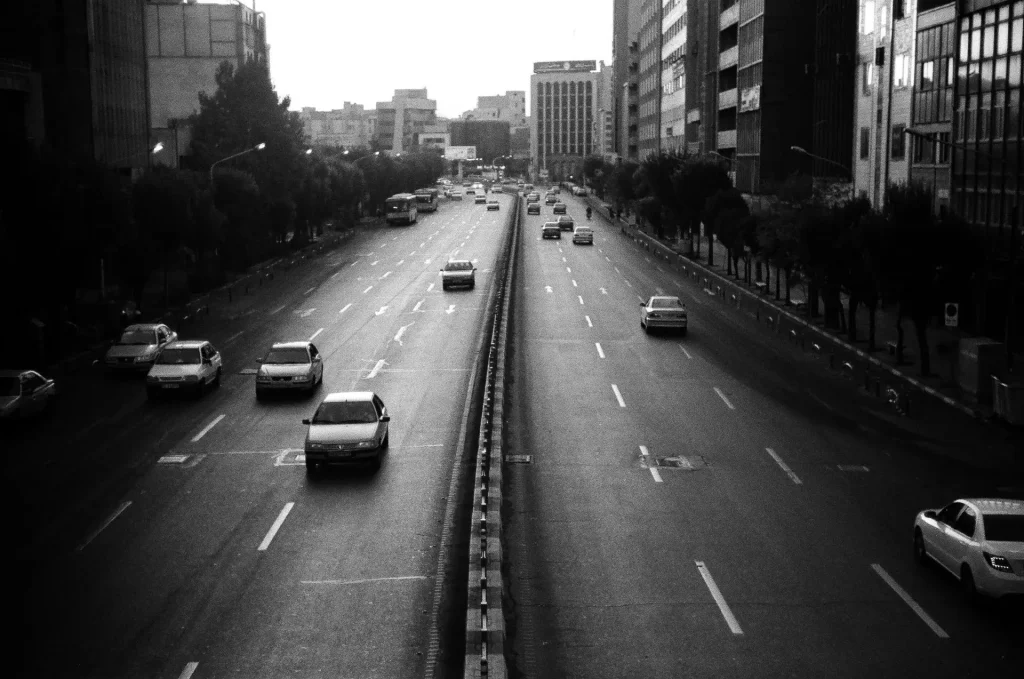
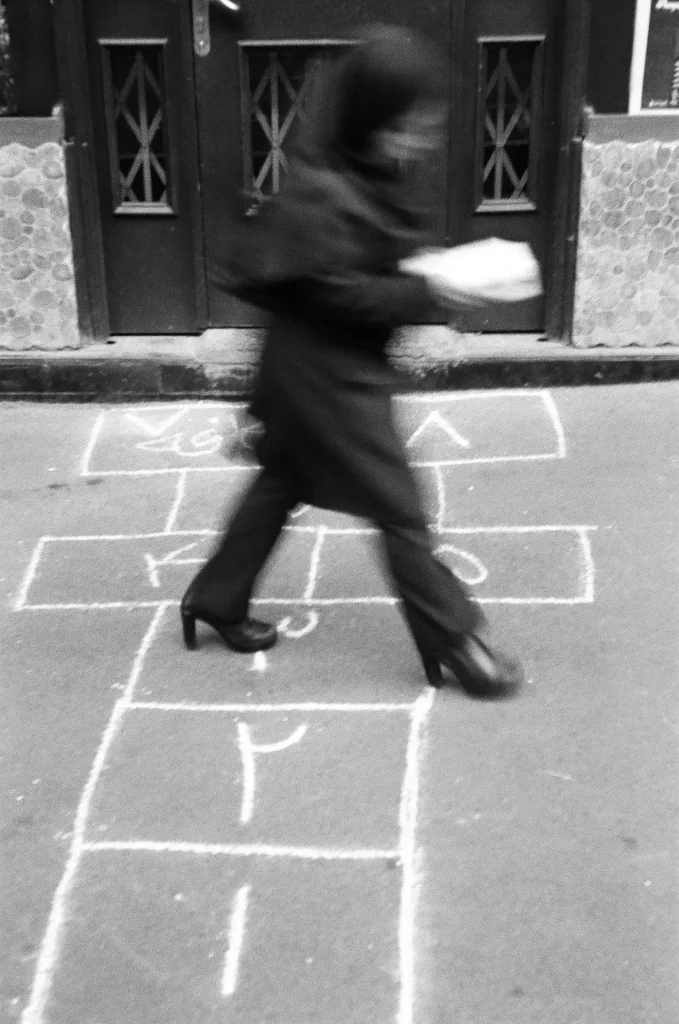
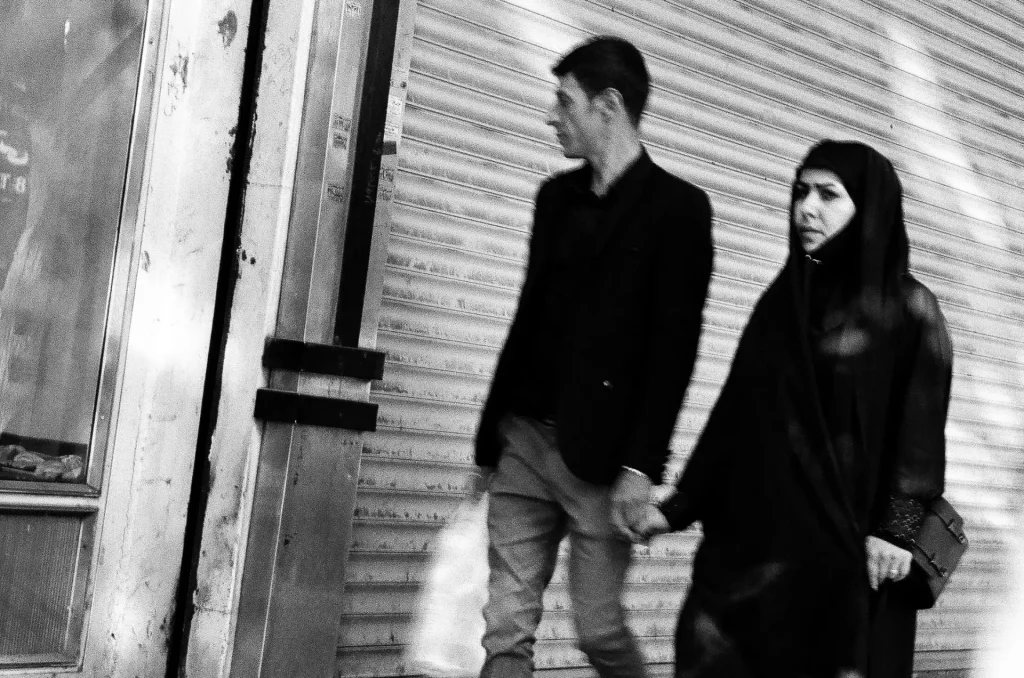
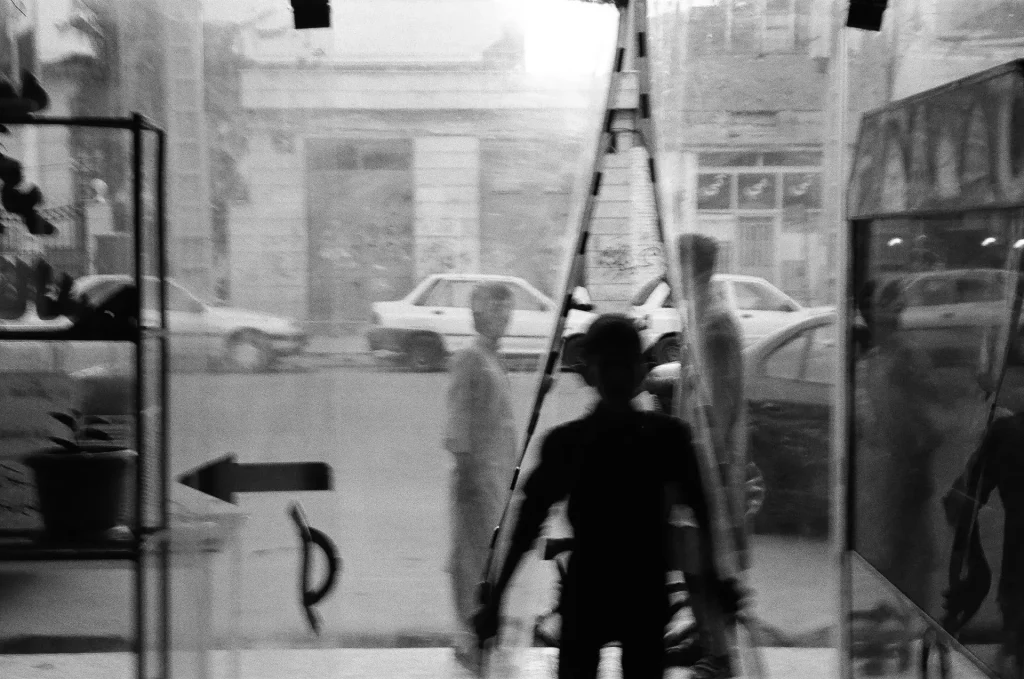
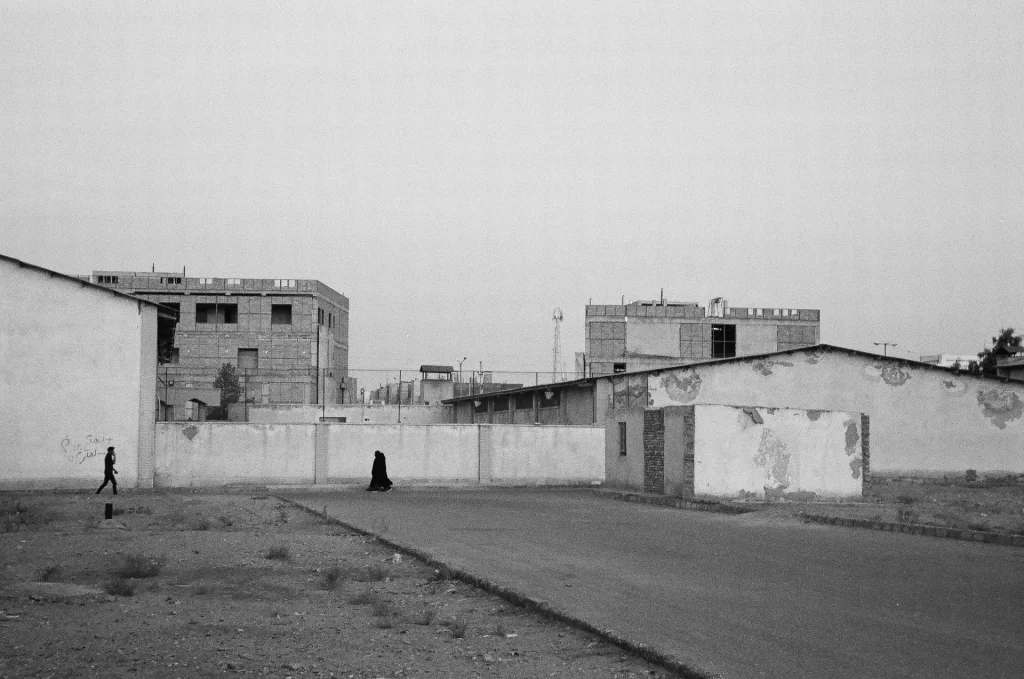
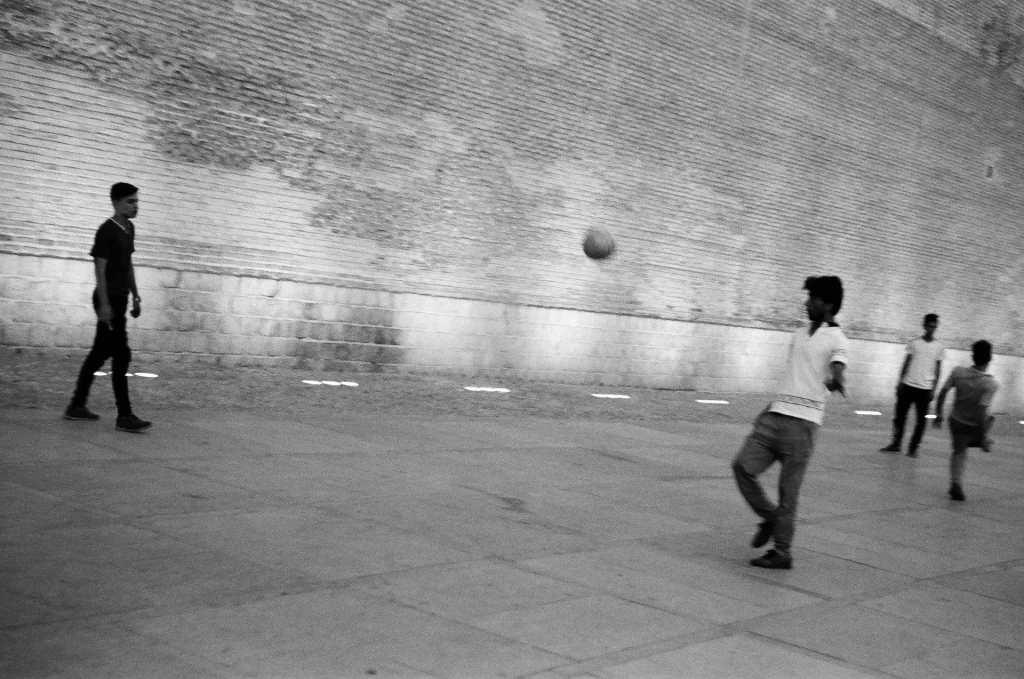

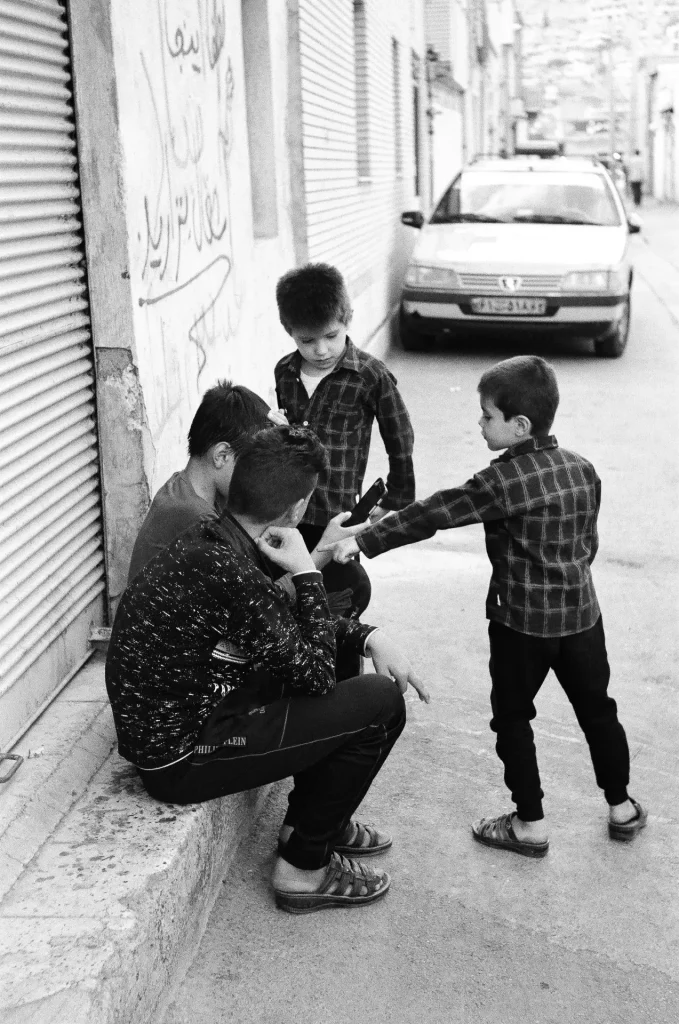
The photos from Analog Iran were shot with a Voigtlander Bessa R2A, with a USSR-made Jupiter 9 lens from 1963. You can see the rest of the collection on Instagram @alimcphotos
I will also be holding a presentation on the project (and speaking about my previous work) on Zoom. To register, just go to my website www.alimc.com.au and subscribe for more details.
Share this post:
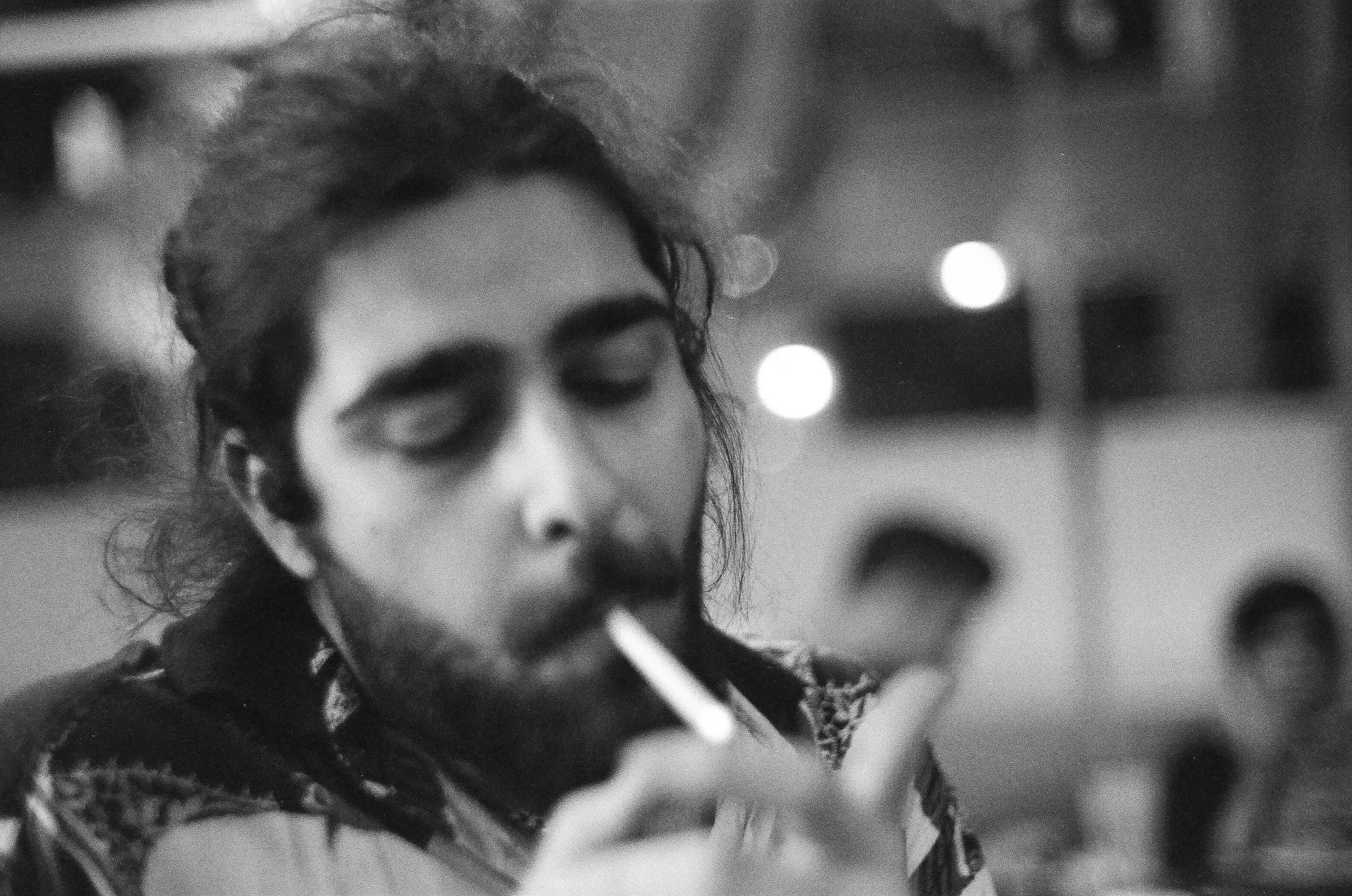








Comments
STUART on Analog Iran – A Project Shooting B&W Film Documenting Iran – By Ali MC
Comment posted: 03/09/2020
Comment posted: 03/09/2020
Graham Spinks on Analog Iran – A Project Shooting B&W Film Documenting Iran – By Ali MC
Comment posted: 03/09/2020
Comment posted: 03/09/2020
Michael J on Analog Iran – A Project Shooting B&W Film Documenting Iran – By Ali MC
Comment posted: 03/09/2020
Comment posted: 03/09/2020
Matthias Rabiller on Analog Iran – A Project Shooting B&W Film Documenting Iran – By Ali MC
Comment posted: 03/09/2020
But I am afraid it appears your Instagram isn't accessible without logging in... I know everyone is supposed to be on Instagram, but somehow that doesn't strike me as ideal for sharing your work with the rest of the planet.
Comment posted: 03/09/2020
Peter on Analog Iran – A Project Shooting B&W Film Documenting Iran – By Ali MC
Comment posted: 03/09/2020
Comment posted: 03/09/2020
Kris on Analog Iran – A Project Shooting B&W Film Documenting Iran – By Ali MC
Comment posted: 03/09/2020
Comment posted: 03/09/2020
Huss on Analog Iran – A Project Shooting B&W Film Documenting Iran – By Ali MC
Comment posted: 03/09/2020
Were the locals amenable to you walking around taking pics of them?
Comment posted: 03/09/2020
Alexander Seidler on Analog Iran – A Project Shooting B&W Film Documenting Iran – By Ali MC
Comment posted: 03/09/2020
Comment posted: 03/09/2020
davesurrey on Analog Iran – A Project Shooting B&W Film Documenting Iran – By Ali MC
Comment posted: 03/09/2020
I first went to Iran in 1976 but visited after the revolution when clearly somethings were quite different, particularly security. So I'm wondering how you managed to get some 30 reels out of the ciuntry without any questions? Or shouldn't I ask.
Comment posted: 03/09/2020
D Evan Bedford on Analog Iran – A Project Shooting B&W Film Documenting Iran – By Ali MC
Comment posted: 04/09/2020
Comment posted: 04/09/2020
Irma Prunesqallor on Analog Iran – A Project Shooting B&W Film Documenting Iran – By Ali MC
Comment posted: 04/09/2020
All of the men are doing whatever they want and wearing whatever they want.
All of the women are bound up in clothing that is physically awkward and restrictive, and must be hellishly hot, whereas the men just put on a T-shirt, which is the sensible thing to do. The image titled “Neighbourhood of Tajrish, in northern Tehran” shows the contrast most clearly. “Downtown Tabriz” shows societal sexism very clearly.
Comment posted: 04/09/2020
Patrick on Analog Iran – A Project Shooting B&W Film Documenting Iran – By Ali MC
Comment posted: 04/09/2020
Comment posted: 04/09/2020
Comment posted: 04/09/2020
Marc Wick on Analog Iran – A Project Shooting B&W Film Documenting Iran – By Ali MC
Comment posted: 06/09/2020
Ali MC on Analog Iran – A Project Shooting B&W Film Documenting Iran – By Ali MC
Comment posted: 06/09/2020
Bill Linehan on Analog Iran – A Project Shooting B&W Film Documenting Iran – By Ali MC
Comment posted: 08/09/2020
Ali MC on Analog Iran – A Project Shooting B&W Film Documenting Iran – By Ali MC
Comment posted: 08/09/2020
John Vivadelli on Analog Iran – A Project Shooting B&W Film Documenting Iran – By Ali MC
Comment posted: 05/07/2022
Comment posted: 05/07/2022
Hawraa on Analog Iran – A Project Shooting B&W Film Documenting Iran – By Ali MC
Comment posted: 16/03/2023
Comment posted: 16/03/2023